Wednesday, August 19, 2020
Tuesday, August 18, 2020
Best Soil for Hostas
Best Soil for Hosta Plants
If you've heard that hostas can grow in any soil type, even poor soil, that's not exactly true. While established hostas tend to become comfortable in any soil over time, they certainly won't thrive and retain the beautiful leaves that you grow them for. Young hostas planted in poor soil will eventually succumb to disease and die.
If you want your hostas to thrive, the key is soil that is rich. The ideal soil pH for hostas ranges from 6.5 to 7.5, which actually means it's slightly acidic to slightly alkaline.
Sunday, August 16, 2020
Care of your TerraCotta Pots
How to Clean Terracotta Pots
A big advantage of terracotta is its ability to absorb water from the soil. But because it will also absorb chemical fertilizers and salts found in tap water, that buildup of a crusty residue needs to be removed for the pot to be safely reused the next garden season.
Although that aged terracotta look is pleasant to some, dirty pots can harbor fungus, mold, diseases, and pests. Regular maintenance of cleaning and disinfecting them is a good garden habit to get into.
Saturday, August 8, 2020
Great Gifts for Bird Lovers!
Great Gifts for Bird Lovers!
Whether it's a birthday gift, Mother's Day, Christmas, or just a thank you for that bird lover you know, here are some great gift ideas!
Thursday, August 6, 2020
Growing Arugula -- Homesteading 101
aka Rocket Roquette
The leaves of Arugula provide a spicy zing when added to salads. It will grow a rosette about a foot wide and equally as tall. It's a cut-and-come-again plant. It boasts several health benefits. It is an excellent source of fiber, rich in Vitamins A, C, and K as well as a good source of calcium, iron, magnesium, phosphorus, and potassium.
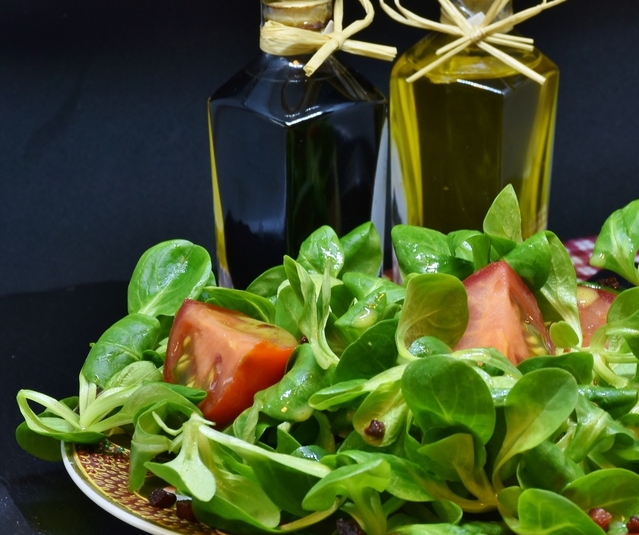
Types:
Wild Arugula. Grows up to 2' tall with jagged leaves and a yellow flower.
Rocket Salad. A weaker peppery flavor. The plant grows up to 3' tall. It has lobed leaves and a white flower.
Starting Seeds of Arugula
Seed Depth: 1/8" on the soil surface and tamp down.
Seed Spacing: 3-4" Thin to 4-6".
Days to Germinate: 7-14 days.
Days to Harvest: 3 weeks/baby leaves, 45 days mature.
Seed Longevity: 4 years.
Sowing Outdoors
Salad Spinner

Winter Sowing
If you haven't tried winter sowing, you're in for a treat. This method is especially good for sowing herbs and greens. Winter sowing is basically sowing seeds in the bottom of a milk jug during the winter, setting the milk jugs outside for the winter and leaving them there until the seeds germinate in Spring.
To see our detailed article about Winter Sowing, click here.
Salad Tongs

Growing Arugula Plants
Growing Temperature:
Arugula is frost hardy enough that it can grow through the winter in a cold frame or unheated greenhouse.
Plant Spacing: 12-18" apart.
Container Size: 8" depth is enough.
Sun/Shade: Full sun, some mid-day shade.
Soil: Rich, compost.
Watering: Consistent moisture for best flavor.
Salad Lunch Container

Fertilizing:
Since greens are such a fast-growing crop, as long as they are grown in rich soil there may be little need for further fertilization. That said, a liquid balanced fertilizer when the seedlings are 4" tall will give your greens a boost and carry them through their short season. After the temperatures warm, though, the leaves of Arugula will turn bitter and no amount of fertilizer will help at that point.

Harvesting Arugula
Harvest when leaves are 4-6" tall. Harvest outer leaves. Harvest until leaves taste too strong. Harvesting often will encourage new growth.Using Arugula
- A great addition to any salad, but use sparingly for a mustard-like flavor.
- Pizza toppings.
- Add Arugula flowers to salads in late spring and summer for their peppery flavor.
- Cook larger leaves with other greens.
- Small leaves tend to be milder while the larger has a more peppery taste.
- Arugula goes well with most meats, especially grilled meats.
Storing Arugula For Later Use
Remove Arugula's tough stems, clean and dry.Although tender green-leafed plants, like lettuce, cannot be preserved well, the thicker leafed greens can be preserved.
Fresh
- Clean and pat dry. Bundle stems lightly, place on a paper towel (to absorb moisture) and wrap in a plastic bag. Keeps in refrigerator for 10 days.
- Steam or saute' leaves, chop them and store in freezer bags.
- Puree with water and freeze into ice cube trays.
- Clean and dry the leaves and store in quart size freezer bags.
- Frozen leaves will keep for 6 months.
- Blanching the leaves for two minutes first will extend freezer storage to 14 months.
To read the other articles in our Growing Your Greens series, click on the name below:
Swiss Chard
Great Garden Articles -- Full List!
Where to go next!
Great Garden Articles -- Full List!
Follow us on Pinterest!
Back to Our Blog Homepage!
This post may contain some Amazon Associate links meaning that I will get a small compensation at no expense to you if you purchase something from this blog.
Wednesday, August 5, 2020
Hostas as Houseplants
Hostas as Houseplants
If you’re looking for a houseplant to grace your windowsill from spring to fall, hostas are a perfect choice. They will need some winter care, which you’ll read about later.
Tuesday, August 4, 2020
Growing Mustard Greens - Homesteading 101

Mustard Greens
aka Mizuna, Mustard Spinach, Indian MustardAnnual plant
Height: 6" Width: Up to 2'
Mustard Greens are a leafy plant with a zesty mustard flavor that is a fiber and nutrient-rich addition to salads and stir-fries.
Types:
Curly Leaf. Curled or frilled leaf edges resembling Kale. It's a very spicy tender green used in salads.
Flat Leaf. Broad delicately flavored leaves are good for steaming or in soups.
Mustard Spinach. Smooth leaves. This plant is more tolerant of heat, making it a good choice in warmer climates.
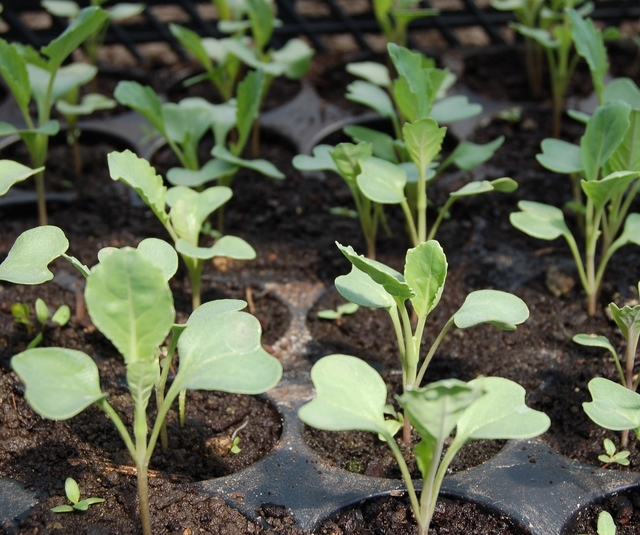
Starting Seeds of Mustard Greens
Seed Depth: Lightly cover the seed and tamp down on the soil.
Seed Spacing: 6" apart, and thin to 19" apart.
Germination Temp: 45-85 degrees.
Days to Germinate: 4-7 days.
Days to Harvest: 30-40 days or 60-70 days depending on the variety.
Seed Longevity: 2-3 years.
Sowing Indoors:
Spring: Sow 6 weeks before your average last frost date. Plant out 3 weeks before your average last frost date.Sowing Outdoors:
Spring: Direct sow 3-4 weeks before your average last frost date.Salad Spinner

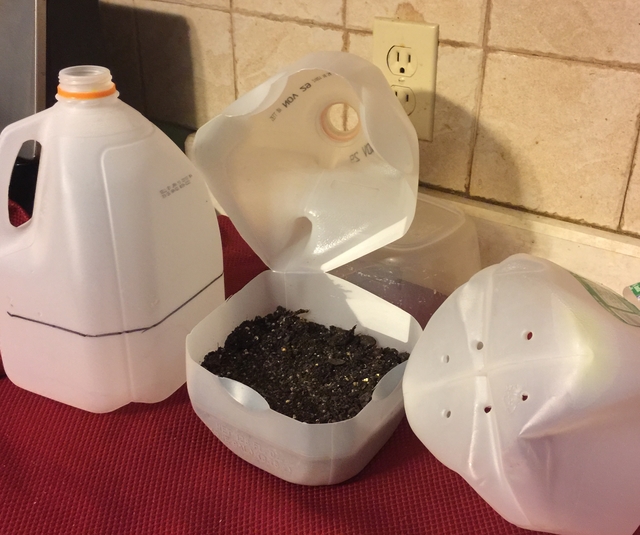
Winter Sowing:
If you haven't tried winter sowing, you're in for a treat. This method is especially good for sowing herbs and greens. Winter sowing is basically sowing seeds in the bottom of a milk jug during the winter, setting the milk jugs outside for the winter and leaving them there until the seeds germinate in Spring.For more detailed information about Winter Sowing, click here.
Salad Tongs

Growing Mustard Green Plants
Growing Temperature: Tolerates light frosts which make leaves sweeter.
Plant Spacing: 12"
Container Size: 8" deep.
Sun/Shade: Sun is ideal. It also tolerates shade.
Soil: Moist, rich, well-draining.
Watering: Evenly moist for best flavor. 2" water per week.
Try Audible and Get Two Free Audiobooks
Fertilizing
Since greens are such a fast-growing crop, as long as they are grown in rich soil there may be little need for further fertilization. That said, a liquid balanced fertilizer when the seedlings are 4" tall will give your greens a boost and carry them through their short season. After the temperatures warm, though, the leaves of Arugula will turn bitter and no amount of fertilizer will help at that point.Salad Lunch Container

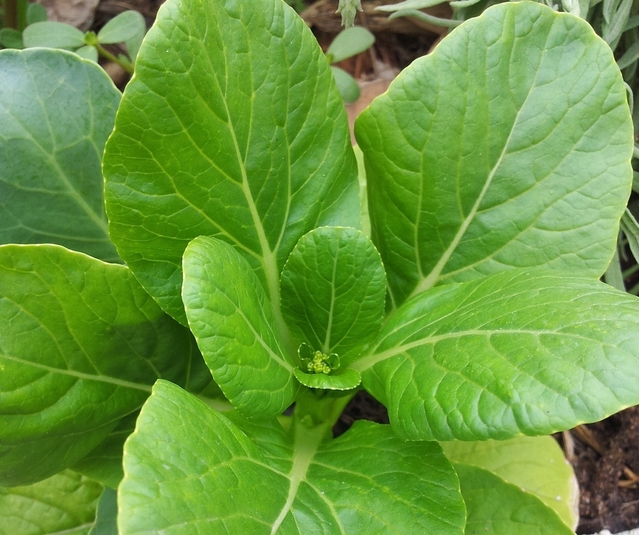
Growing Tips
Sow Mustard Greens in succession every 2-3 weeks for a steady supply.
Harvesting Mustard Greens
Begin harvesting outer leaves in about 4 weeks when the leaves are 6-8" long, or treat as cut-and-come-again and harvest the whole plant 3" above ground level.
Using Mustard Greens
- Use smaller Mustard Green leaves in salads or on sandwiches for a peppery zing.
- Use steamed, braised, cooked in broth.
Storing Mustard Greens For Later Use
Although tender green leaves, like lettuce, cannot be preserved well, the thicker leaved greens can be preserved.Fresh
- Clean and pat dry. Bundle stems lightly, place on a paper towel (to absorb moisture) and wrap in a plastic bag. Keeps in refrigerator for 10 days.
Freezing for Later Use in Chilis, Soups, Sauces, and Casseroles.
- Steam or saute' leaves, chop them and store in freezer bags.
- Puree with water and freeze into ice cube trays.
- Clean and dry the leaves and store in quart size freezer bags.
- Frozen leaves will keep for 6 months.
- Blanching the leaves first for two minutes will extend freezer storage to 14 months.
To read the other articles in our Growing Your Greens series, click on the name below:
Swiss Chard
This post may contain Amazon affiliate links and as an Amazon Associate I earn from qualifying purchases without costing you anything extra.
Check out our other great gardening articles: Click Here
This post may contain Amazon affiliate links and as an Amazon Associate I earn from qualifying purchases without costing you anything extra.
Subscribe to:
Posts (Atom)
Popular Posts
-
Use of Epsom Salt on Hostas! Hostas continue to be one of the most popular perennials in shady and party shady gardens. It's n...
-
Fertilizing Your Hosta Plants It's no surprise that hostas continue to be one of the most popular perennial plants in a variety ...
-
What are Sun Tolerant Hostas? One of the most common questions I hear about hostas is, can hostas handle sun?
-
When and How to Divide your Hosta Whether you want to divide your hostas for the healthy of the plants or to increase the hosta love...
-
Winter Sown Seeds Have Germinated! Now what? So you’ve tried the winter sowing method and found out that it’s easy and it works....
-
Best Care for Your Potted Hostas To keep your hostas healthy and beautiful as they grow in pots, there are a few Hosta plants are beau...
-
Seasonal Calendar of Care for Hostas One of the reasons that hostas continue to be so popular is the fact that they're a very low m...
